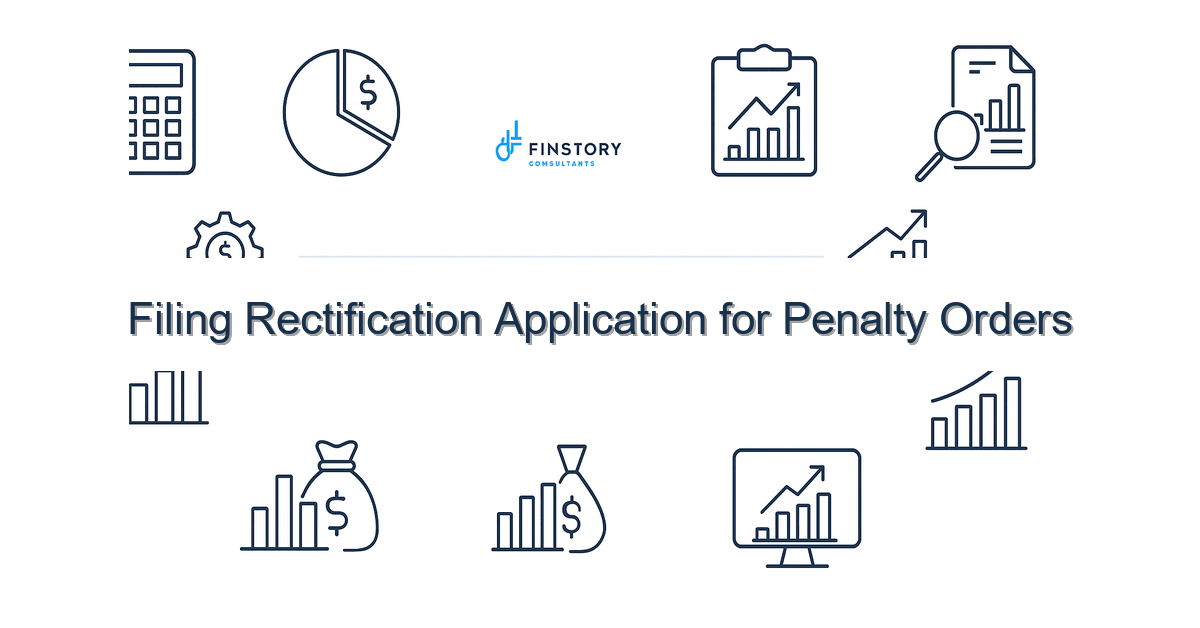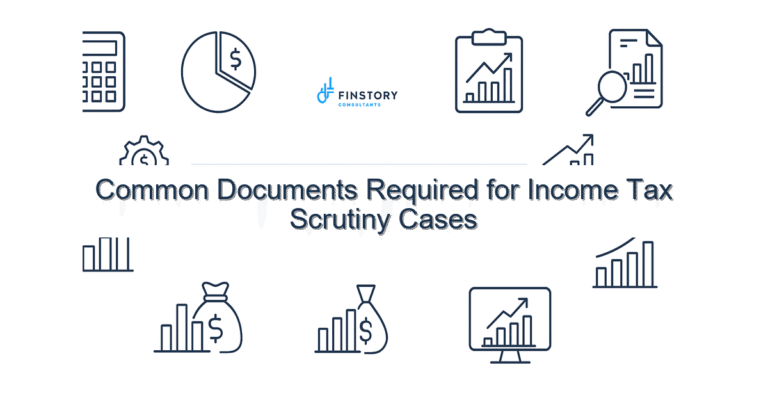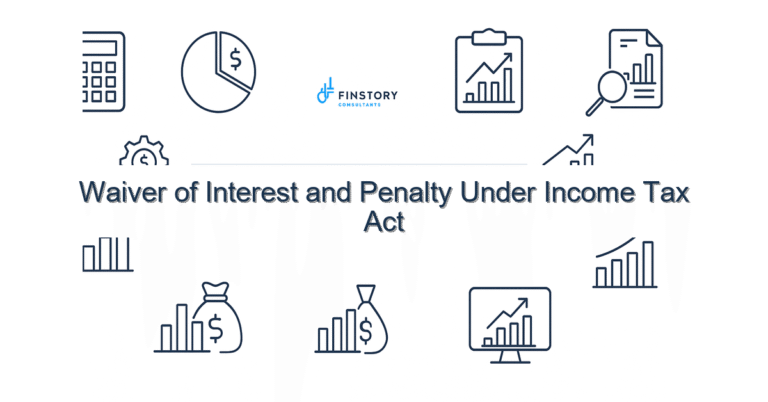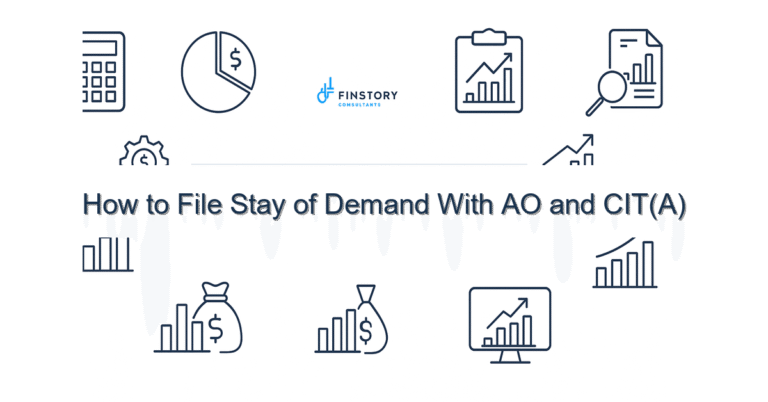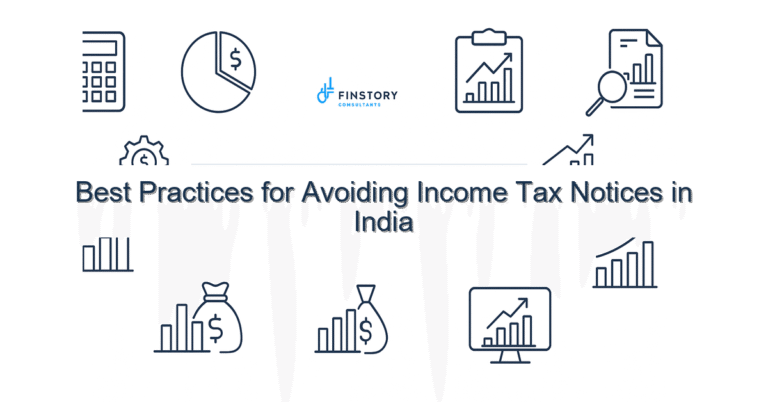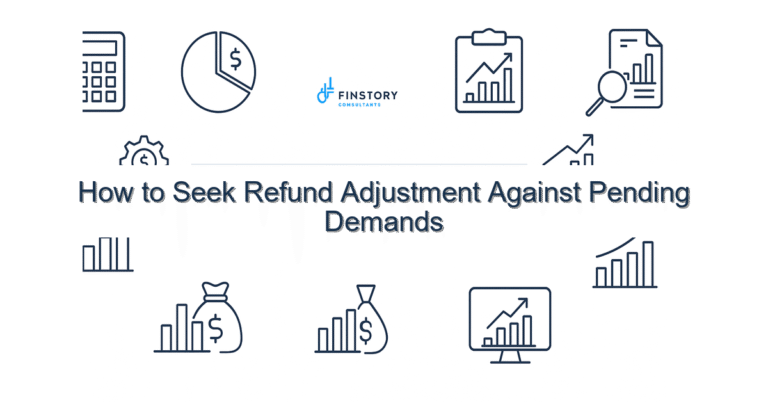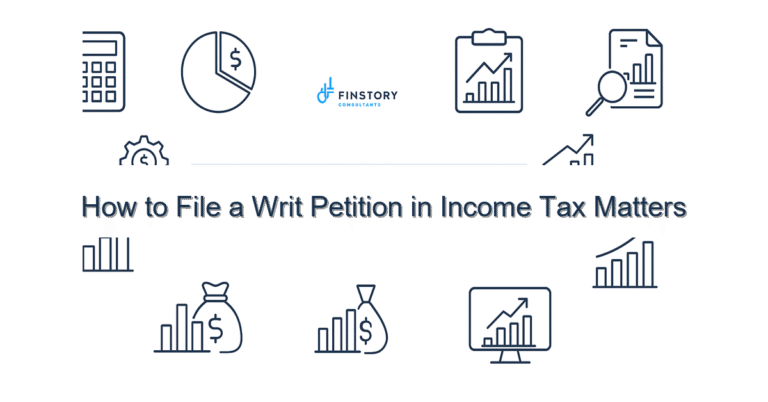Filing Rectification Application for Penalty Orders
Getting a penalty order can feel like a personal shock: unexpected demand letters, confusing legal language and the fear of extra cost. You’re not alone—many salaried employees, professionals, founders and MSMEs see penalties that could be corrected without a long appeal fight.
Summary: If a penalty has been levied because of a mistake apparent from record, you can usually file a rectification application (commonly under Section 154 of the Income Tax Act). Act fast, reconcile your AIS/26AS and TDS/TCS, prepare clear evidence, and submit the rectification on the e-filing portal or to the Assessing Officer with a tight, documented follow-up plan.
What’s the real problem in India?
Penalty orders often arrive because of mismatches (TDS not reflected in AIS/26AS, wrong PAN quoting, or clerical errors). The Indian system uses assessment year (AY) / previous year (PY) terminology, CBDT timelines and specific forms — and those details matter. Taxpayers confuse a rectification (correction of an apparent record error) with an appeal (dispute of merits). The result: missed windows, rejected requests, and unnecessary litigation.
- Symptom: You received a penalty notice despite having TDS shown on Form 26AS.
- Symptom: Demand includes interest/penalty for an AY for which you already filed the ITR (missed ITR filing last date consequences).
- Symptom: A clerical error (wrong PAN, wrong head of income) created a shortfall that triggered penalty.
- Symptom: You tried to file an appeal immediately without first requesting rectification under Section 154.
What people get wrong
Common pitfalls are procedural rather than technical:
- Treating rectification as an appeal: rectification fixes “mistakes apparent from record” — it won’t re-open issues requiring evidence beyond the record.
- Not reconciling AIS/26AS and ITR before filing: mismatches often explain the penalty.
- Missing limitation timelines: rectification remedies may be subject to CBDT guidance and statutory limits (commonly a 4-year window for many orders).
- Poor documentation: filing without attaching TDS certificates, bank statements or Form 16/26AS proofs leads to rejections.
- Assuming online submission is optional: many modern penalty orders require e-filing follow-up or an upload on the e-filing portal to be processed quickly.
A better approach
Follow a clear, practical framework to maximise chances of a successful rectification.
- Reconcile: Pull AIS/26AS, Form 16/Form 16A, bank statements and the penalty order. Identify the exact mismatch (amount, PAN, AY/PY, head of income).
- Confirm legal basis: Is this a “mistake apparent from record”? If yes, Section 154 is the normal route; otherwise consider an appeal (CIT(A)) or filing objections where allowed.
- Prepare evidence: Collate TDS certificates, challans, ITR return copies, correspondence with the payer, and an explanatory cover letter citing sections and facts.
- File rectification: Use the Income Tax e-filing portal or submit a written rectification request to the Assessing Officer within the applicable time limit. Upload all supporting documents and reference the penalty order number.
- Follow up and escalate: If not resolved, file an appeal to CIT(A) or use PCIT/CBDT channels. Track timelines and preserve proof of submissions.
Real-world example: A mid-sized IT professional was served a penalty of ₹45,000 because the employer had delayed uploading TDS for AY 2022–23. After reconciling AIS/26AS and submitting a Section 154 rectification with Form 16A and bank challans, the AO accepted the rectification and the penalty was rescinded within 45 days.
Quick implementation checklist
- Download the penalty order and note the AY/PY, order date and AO reference.
- Download AIS/26AS and Form 16/16A for the relevant AY from the e-filing portal.
- Reconcile TDS/TCS entries: identify mismatches (amount, PAN, head of income).
- Locate supporting documents: bank challans, employer TDS certificates, contracts or invoices.
- Draft a concise rectification letter citing Section 154 and the exact mistake apparent from record.
- Upload the rectification application and scanned proofs on the Income Tax e-filing portal, or submit to AO if required.
- Note tracking number/acknowledgement and set reminders for follow-up at 15, 30 and 45 days.
- If rejected, prepare to file an appeal to the CIT(A) with grounds on jurisdiction and law — don’t miss appellate timelines.
- Update your book-keeping process to avoid the same error: reconcile AIS/26AS monthly and track TDS/TCS receipts.
What success looks like
Measurable outcomes you should expect from a good rectification process:
- Penalty rescinded or reduced (100% or partial relief), increasing the chance of refund or zero demand.
- Fewer future notices: better reconciliation reduces repeat penalties.
- Faster ITR processing and quicker release of refunds once records match AIS/26AS.
- Lower compliance stress: documented process and follow-up lead to less time spent on disputes.
- Better TDS/TCS controls in accounting — fewer mismatch-driven issues during AYs.
Risks & how to manage them
- Risk: Missed time limits. Mitigation: act immediately once you receive the order; set internal SLA of 7 days for initial reconciliation.
- Risk: Wrong remedy (appeal vs rectification). Mitigation: check whether the issue is an “apparent” mistake; consult a tax advisor if unsure.
- Risk: Incomplete evidence leads to rejection. Mitigation: attach TDS certificates, challans, and a clear reconciliation statement.
- Risk: Reopening of related assessments. Mitigation: keep submissions factual and limited to the apparent mistake; avoid new claims that invite scrutiny.
Tools & data
Use these India-specific tools to build your case and track progress:
- AIS / Form 26AS: primary source to verify TDS/TCS credits and tax paid.
- Income Tax e-filing portal: file rectification applications, track acknowledgements and upload documents.
- TDS/TCS tracking tools: payroll software, tally, Zoho Books or GST/E-accounting modules that reconcile TDS entries.
- Bank challans and Form 16 / Form 16A: proof of tax deposit or deduction at source.
FAQs
Q: Can I file a rectification for any penalty order?
A: You can file a rectification if the issue is a “mistake apparent from record” (for example, TDS shown in Form 26AS but not accounted for by the AO). If the penalty involves complex factual disputes, an appeal may be the proper route.
Q: What is the time limit to file a rectification?
A: Rectification applications are often governed by Section 154 and CBDT timelines; many orders have a practical 4-year limitation from the end of the financial year in which the order was passed, but exceptions and recent CBDT circulars can apply. File early — don’t wait.
Q: Should I file rectification online or send a written letter to the AO?
A: Use the Income Tax e-filing portal where possible; it provides an acknowledgement trail. In some cases the AO may accept a written rectification — confirm via the portal or through your tax advisor.
Q: Will filing a rectification stop recovery proceedings?
A: Filing a rectification does not automatically stall recovery. If recovery is ongoing, you should simultaneously seek stay from the AO or competent authority and document the rectification filing. Professional help speeds this up.
Next steps
If you’ve just received a penalty order, start by downloading AIS/26AS and your ITR copies, and follow the checklist above. If you’re unsure about the right remedy — rectification under Section 154, an appeal to the CIT(A), or a stay application — get professional help early to protect timelines and evidence.
Need help now? We can review your penalty order, check AIS/26AS, prepare a Section 154 rectification and follow up with the AO. For broader compliance, explore our guides on ITR filing last date, Section 80C limit planning and choosing between new vs old regime slabs. [link:ITR guide] [link:tax-saving tips]
Work with Finstory. Speak with an Expert for a personalised plan to reduce your tax outgo and stay compliant. Book a free 20-min consultation.
Note: This article aims to provide practical guidance for taxpayers dealing with income tax india processes. For case-specific legal advice, consult a qualified tax professional or chartered accountant.
📞 Need help with Income Tax in India?
Book a 20-min consultation with our tax team. Individuals, founders & MSMEs welcome.
Prefer email or phone? Write to info@finstory.net
or call +91 44-45811170.
